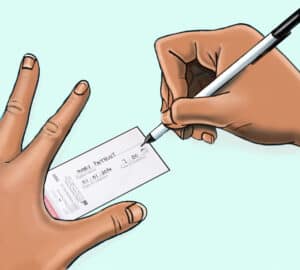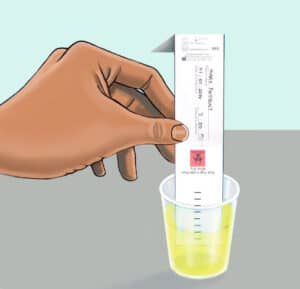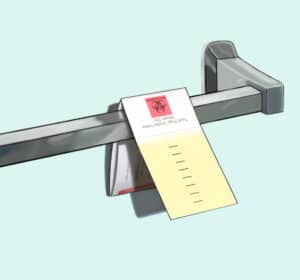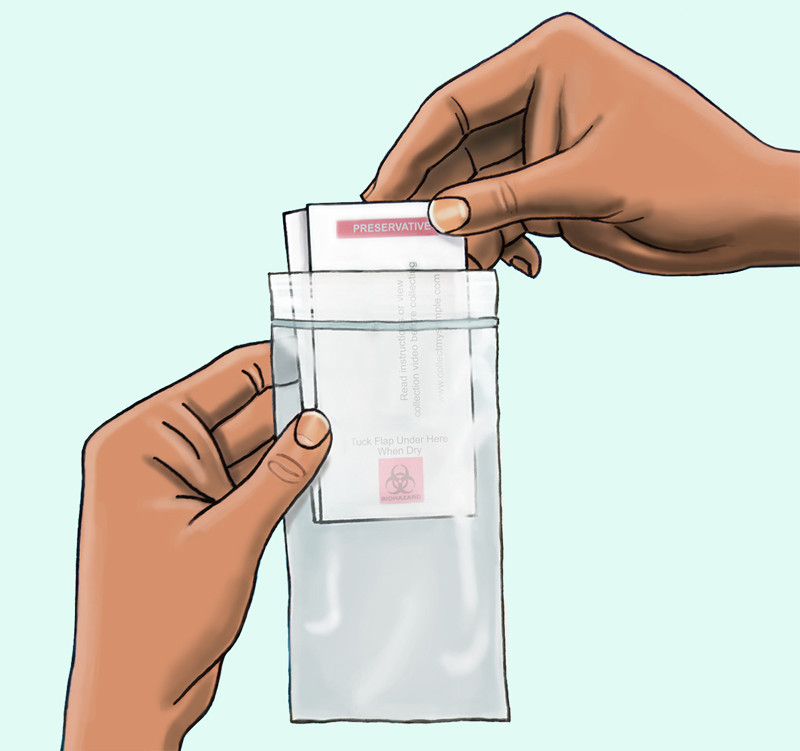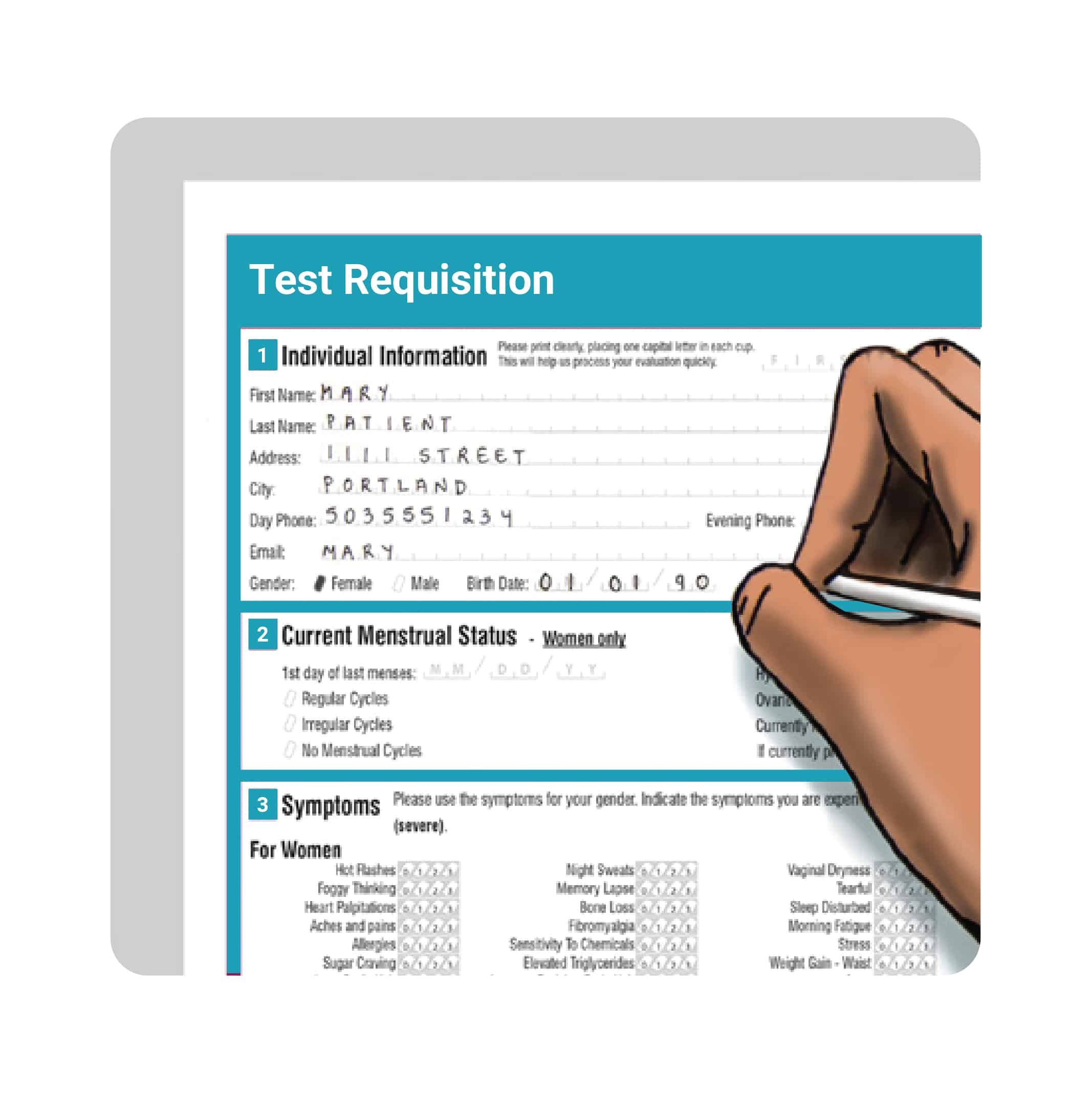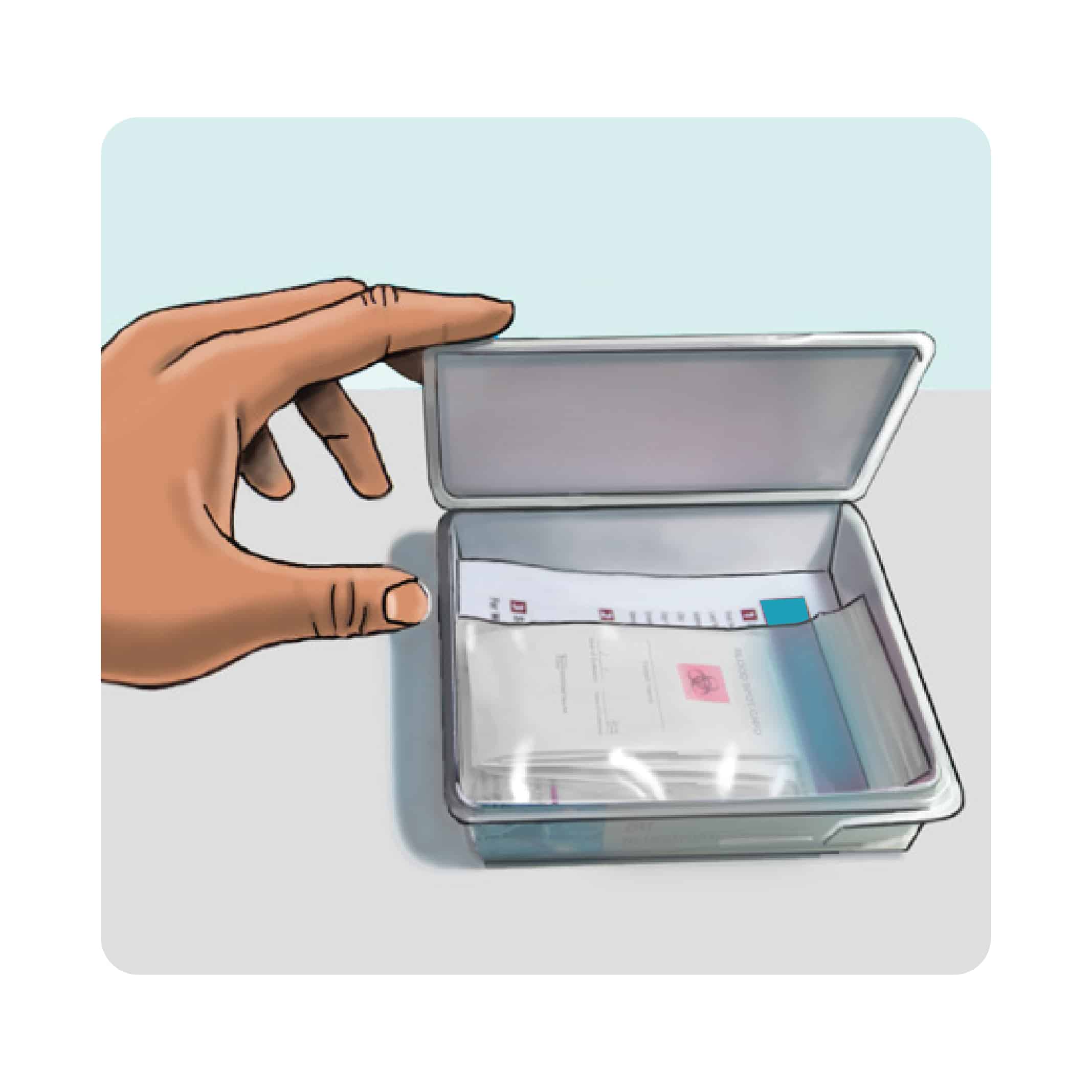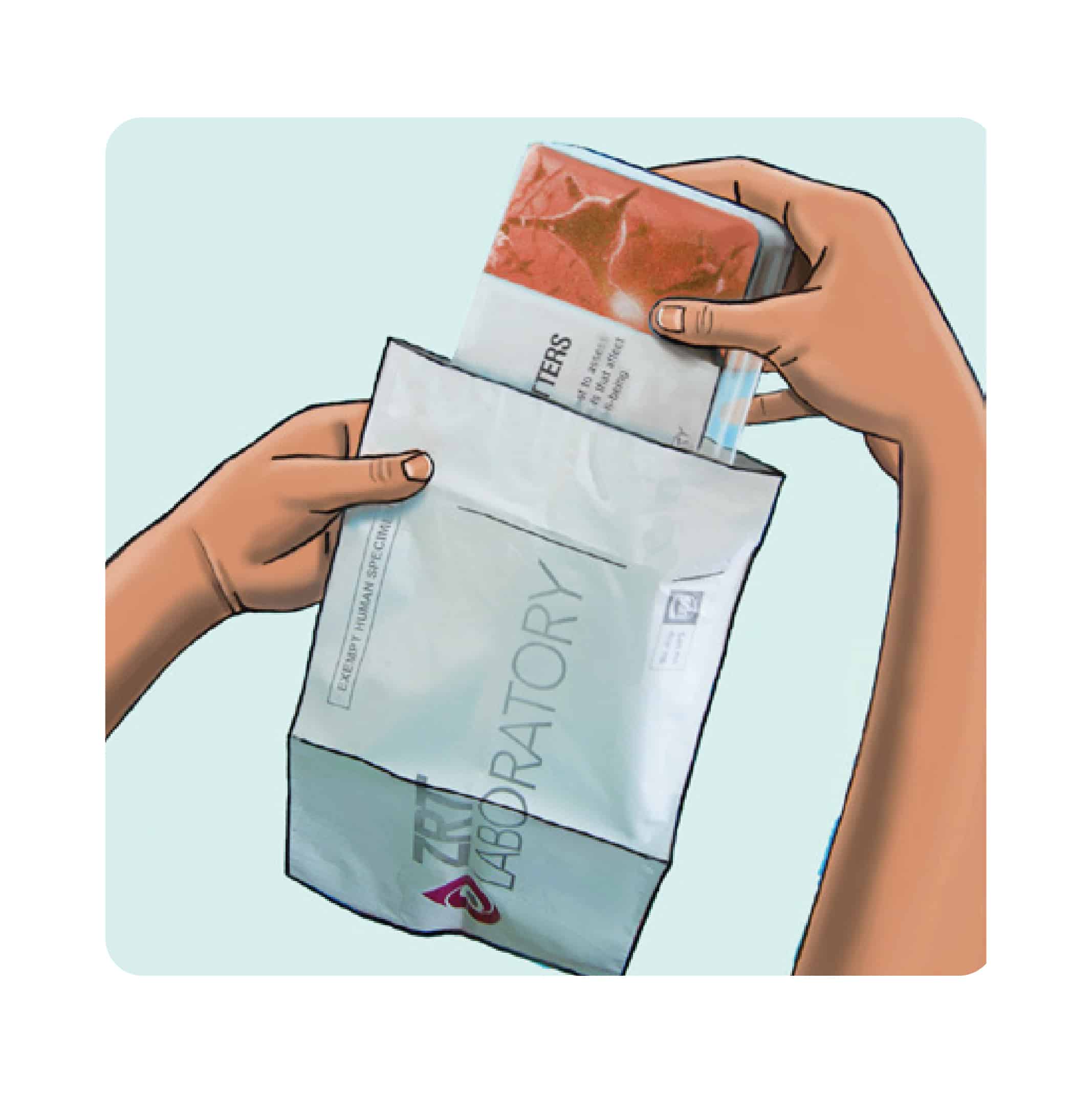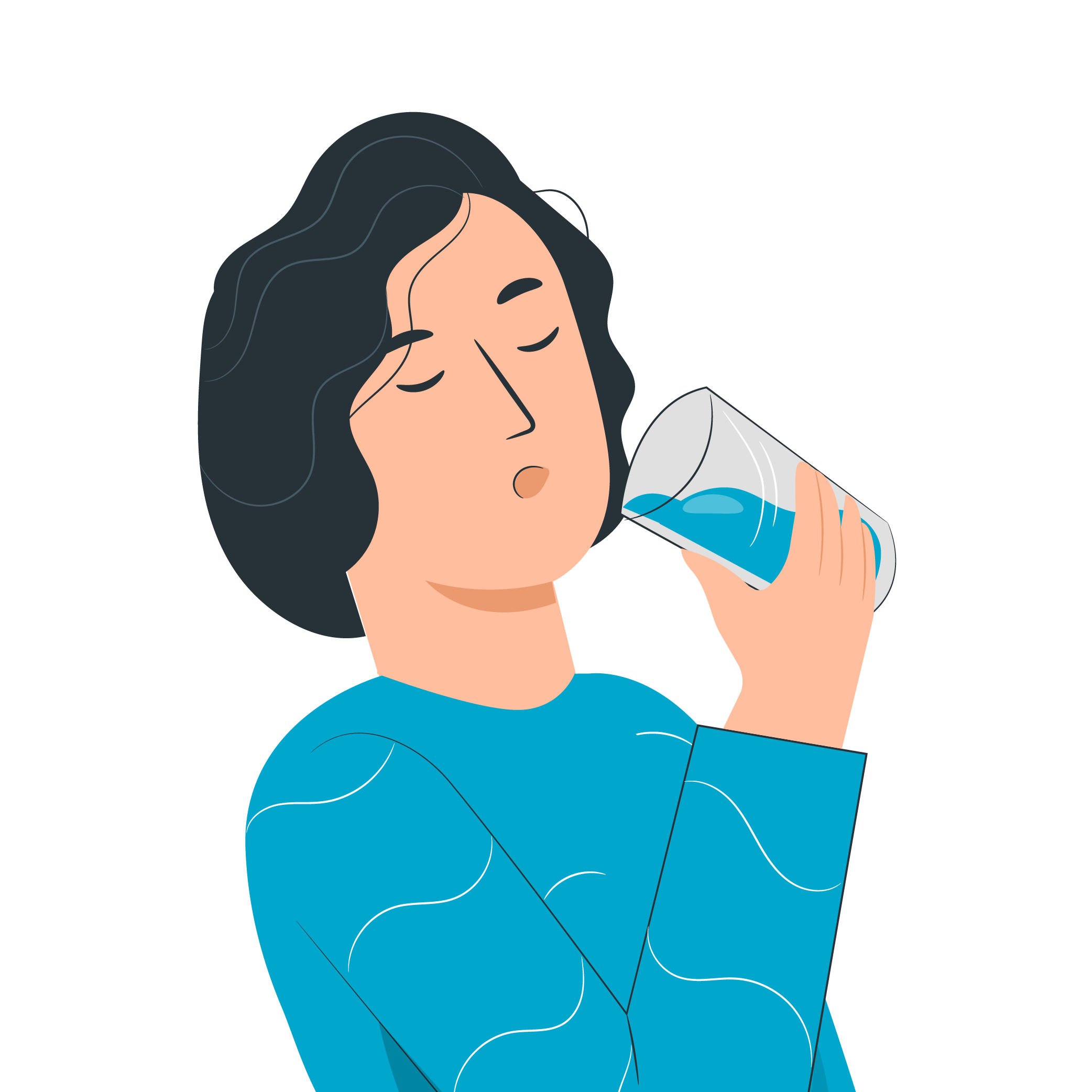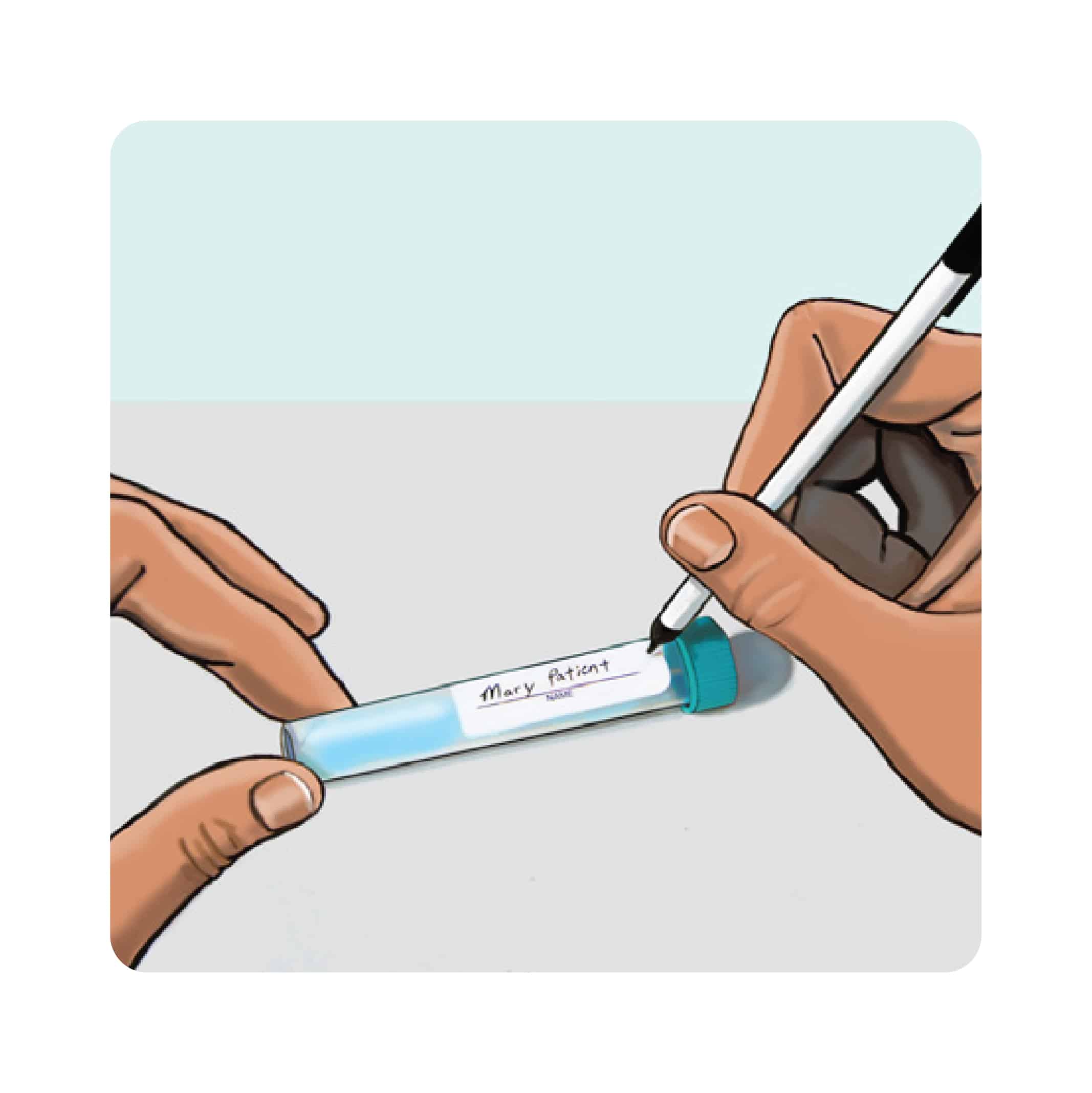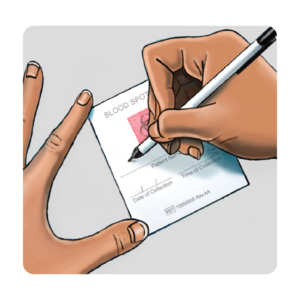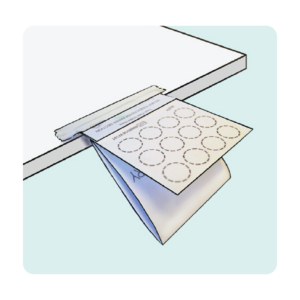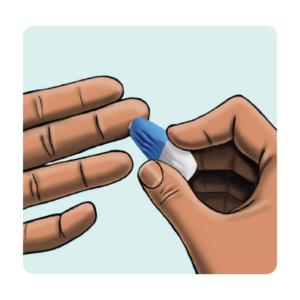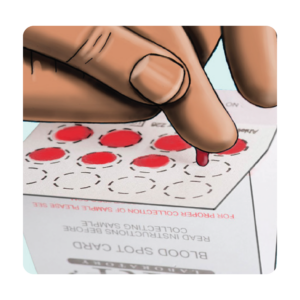
Crucial Health Test is our flagship at home liver & heart function test that looks at your cholesterol, liver & other lipids to help you monitor both your cardiovascular & liver health.
This affordable, easy to perform at-home heart test takes about 5 minutes of your time and comes with secure online results 2-3 days after our lab receives it.
If purchasing for two people, it’s required to create their account to order.
All Lab Me tests are performed by high-complexity CLIA certified and CAP-accredited laboratories.

If you’re wondering how to test for heart disease risk, liver disease risk or how to your check heart or liver health at home, the Lab Me at home blood test for your heart and liver is a perfect place to start. Maybe you are worried or want to take control of your health, no matter the case Lab Me is here to help.
Always share your results with your personal doctor - having tracked blood data can help your healthcare team make accurate decisions faster. Try the Lab Me at home crutial health check today.
It is recommended to take this test first thing in the morning, before 9am after fasting at least 6-8 hours.
GGT is usually the first liver enzyme to rise in the blood when any of the bile ducts that carry bile from the liver to the intestines become obstructed, for example, by tumors or stones.
This makes it the most sensitive liver enzyme test for detecting bile duct problems.
Low-density lipoprotein (LDL)
This is often called “bad cholesterol”. This is oversimplified as LDL cholesterol is essential for your health. But if you have too much LDL cholesterol it can build up on the walls of your arteries. This is called cholesterol plaque and it narrows your arteries and increases your risk of blood clots — putting you at risk of heart disease.
HDL stands for high-density lipoproteins. It is sometimes called the "good" cholesterol because it carries cholesterol from other parts of your body back to your liver. Your liver then removes the cholesterol from your body. LDL stands for low-density lipoproteins.
VLDL is a lipoprotein which is considered a “bad” form of cholesterol. Raised levels are a risk factor for cardiovascular disease.
Lipids
There are special transporters in your body called lipoproteins. They are like little cars that help drive around cholesterol to different parts of your body. Some of these drivers can be helpful and others not.
Monitoring and maintaining healthy levels of these lipids is important in staying healthy. While the body produces the cholesterol needed to function properly, the source for some cholesterol is the diet. Eating too much of foods that are high in saturated fats and trans unsaturated fats (trans fats) or having an inherited predisposition can result in a high level of cholesterol in the blood. The extra cholesterol may be deposited in plaques on the walls of blood vessels. Plaques can narrow or eventually block the opening of blood vessels, leading to hardening of the arteries (atherosclerosis) and increasing the risk of numerous health problems, including heart disease and stroke.
LDL:HDL %
A high serum LDL:HDL ratio can be predictive of sudden cardiac death in middle-aged men. It is a good idea to keep this as a baseline over time to give a clearer picture of how your lifestyle is affecting your health.
Total Cholesterol is a measure of the total amount of cholesterol in your blood. It includes both low-density lipoprotein (LDL) cholesterol and high-density lipoprotein (HDL) cholesterol.
It’s important to remember that elevated cholesterol doesn’t mean a heart attack. In fact, only half of the people suffering from heart attacks have elevated cholesterol. It is simply part of the bigger picture.
Cholesterol is important for the body to manufacture hormones, vitamin D, bile acids, and help maintain the structure of your cells.
Total Cholesterol:HDL %
We determine your cholesterol ratio by dividing your total cholesterol by your HDL number. For instance, if your total cholesterol is 180 and your HDL is 82, your cholesterol ratio is 2.2. According to the American Heart Association (AHA), you should aim to keep your ratio below 5, with the ideal cholesterol ratio being 3.5.
Results for men
According to the Framingham Heart Study, a cholesterol ratio of 5 indicates average risk of heart disease for men. Men have double the risk for heart disease if their ratio reaches 9.6, and they have roughly half the average risk for heart disease with a cholesterol ratio of 3.4.
Results for women
Because women often have higher levels of good cholesterol, their cholesterol ratio risk categories differ. According to the same study, a 4.4 ratio indicates average risk for heart disease in women. Heart disease risk for women doubles if their ratio is 7, while a ratio of 3.3 signifies roughly half the average risk.
It’s important to remember that elevated cholesterol doesn’t mean a heart attack. In fact, only half of the people suffering from heart attacks have elevated cholesterol. It is simply part of the bigger picture.
Cholesterol is important for the body to manufacture hormones, vitamin D, bile acids, and help maintain the structure of your cells.
Regular testing of biomarkers can act as an early detection system. Especially if you're not getting enough sleep, have improper nutrition, substandard training, unwise lifestyle choices or weak bone health. Lab Me helps by detecting non-optimal levels of blood biomarkers . For example high levels of cortisol which is an indicator of stress.
